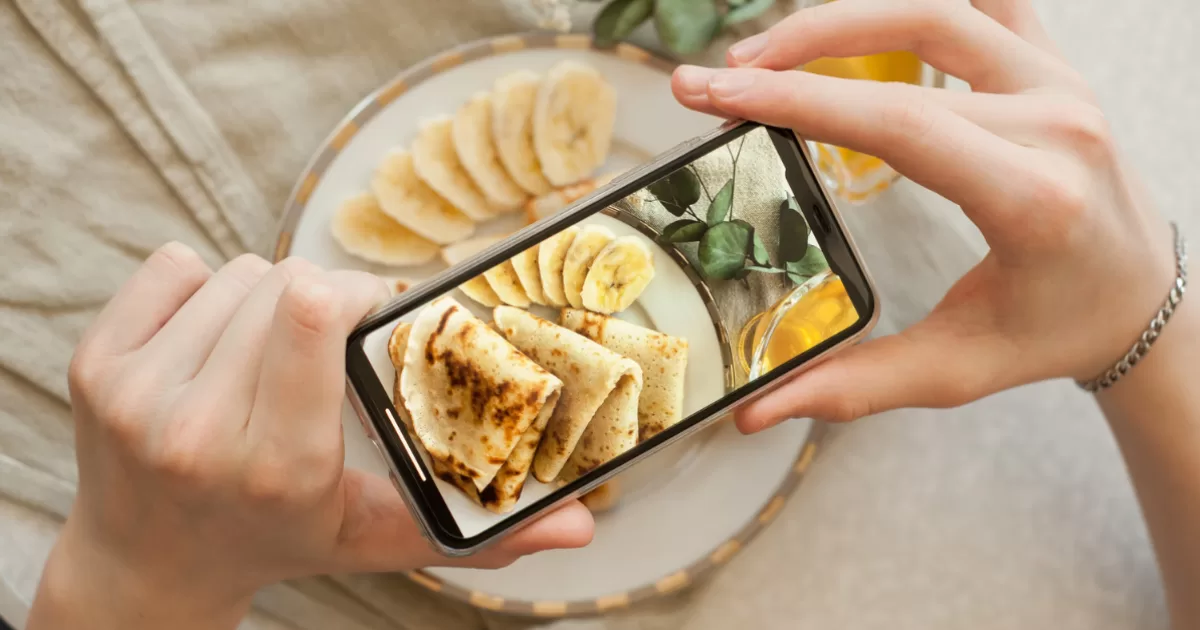Some say the best film scores are the ones you don’t notice.
That’s not to say that scores don’t impact moviegoers—quite the opposite, actually. The best film scores make huge impacts on their audiences.
The key is that they do it subtly. As the visuals unfold on screen, the music enhances the emotions of the scenes—without most viewers being consciously aware of it.
Spoiler alert: I’m making an analogy.
The score is to the movie as your inbound marketing strategy is to your brand.
What is inbound marketing?
Inbound marketing is a marketing strategy by which you drive prospects to your website rather than outwardly advertising your products or services.
The idea is that bringing potential customers to your website will familiarize them with your brand and offerings. Ideally, you’ll make a good impression—thus making it more likely that your prospects will go with your product or service when they’re ready to buy.
Outbound marketing, on the other hand, refers to the marketing strategy behind traditional paid media: TV ads, billboards, those insane Vitamin Water posters that make your morning commute worthwhile. The commonality across these ad types is the direct advertisement of a product or service.

Outbound marketing brings your offering to your prospects. Inbound marketing brings your prospects to you.
Why should I use inbound marketing?
Short answer: because it allows you to build trust with high-quality leads who demonstrate an active interest in your product or service.
This is particularly important if your business has a relatively long sales cycle. If your prospects generally take their time to research different offerings and weigh the pros and cons of each, building brand awareness and trust is big.
Let’s say you’re a B2B marketer selling social media management software. Your customers use your platform to create and schedule tweets, Instagram posts, Facebook posts, and the like.

Social media management platform Sprout Social.
Your software is an investment—nobody buys it on a whim. Although your pricing is fair and competitive, potential customers make sure to check out your competitors and educate themselves as much as possible before making a purchase.
Simply pushing your product isn’t gonna cut it. You need to demonstrate value.
You need to cultivate a brand that your prospects not only recognize, but a brand that your prospects know they can turn to when they need answers.
After months of research and deliberating, who do you think your prospects will go with: the product they briefly encountered in their news feeds or the brand from which they’ve gotten tons of valuable insights and best practices?
Exactly.
What are some examples of inbound marketing?
Inbound marketing is an umbrella term—it encompasses a lot of unique tactics.
After all, there’s more than one way to get a potential customer on your website.
Let’s talk about ‘em.
Example #1: A blog
According to HubSpot—the SaaS company that popularized the term “inbound marketing” circa 2006—marketers who prioritize blogging are 13x more likely to get a positive ROI.
And it pays to be consistent: those who publish blog content at least 16 times a month generate 3.5x more website traffic and 4.5x more leads compared to companies that only update their blogs a few times a month.
A blog is a terrific way to answer your prospects’ pressing questions (e.g., How should I structure my Google Ads account?) in accessible long-form content.
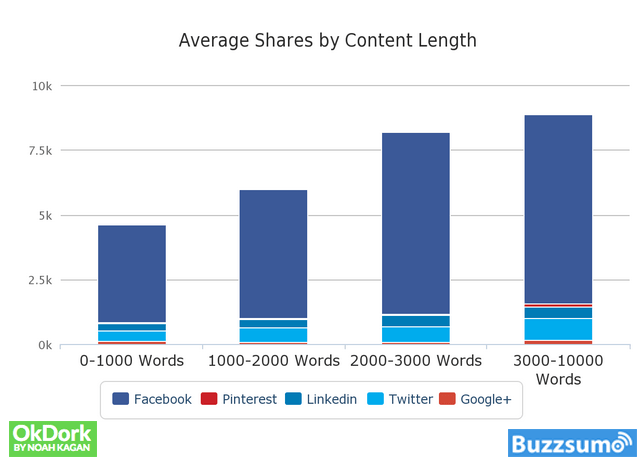
Via Neil Patel.
The more educational your blog is—and the more frequently you update it with fresh content—the more likely you are to become the trusted brand that prospects remember as they move towards the bottom of the marketing funnel.
Example #2: An infographic
As awesome as written content can be, people don’t always have the time (or the desire) to sit down and consume 2,000 words about long-tail keywords, for example.
Sometimes, your prospect just wants a quick snapshot of insightful data, ideally presented in an aesthetically pleasing format.
Plus, if the information you’re sharing is especially valuable—say, benchmark data for mobile ads across 18 industries—there’s a good chance it will generate considerable buzz around the interwebs.
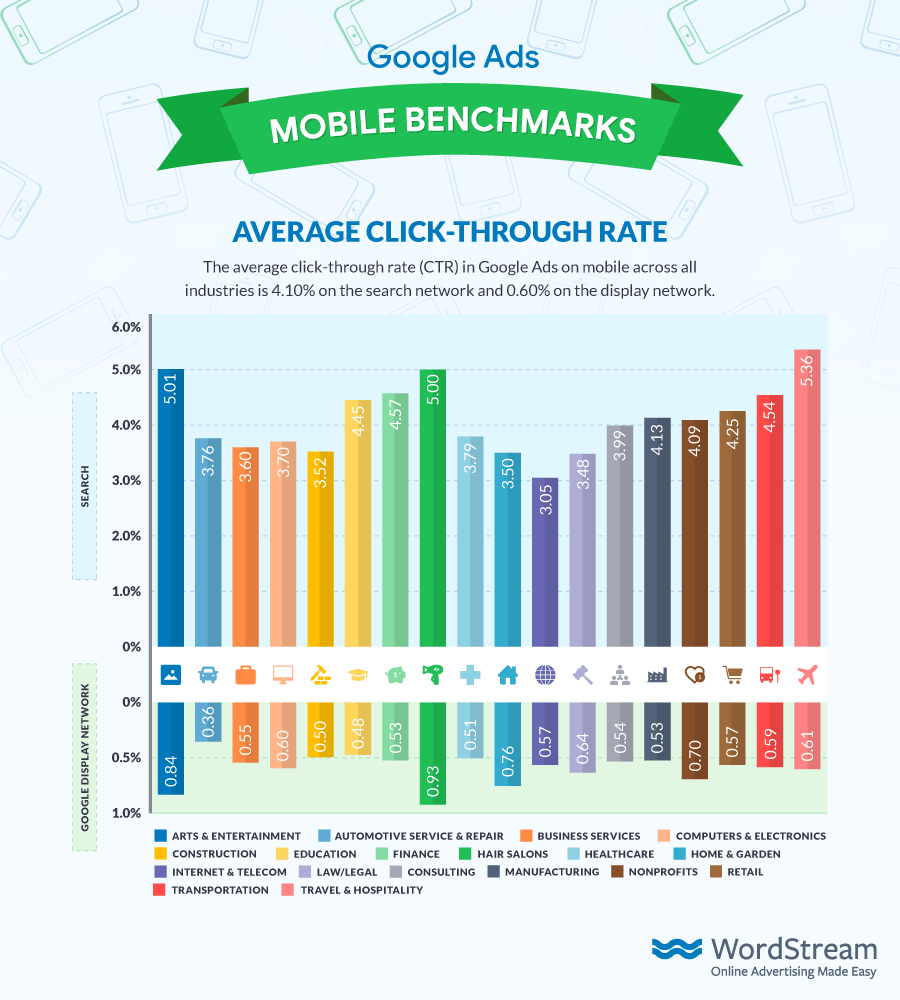
Buzz isn’t fleeting, either; it makes a lasting impact on prospects. If you can get people talking about your brand, you’ll see conversions in no time.
Example #3: A whitepaper
The definition and purpose of a whitepaper depends on who you ask. The industry you’re in and the goals you pursue certainly influence the final product.
For our purposes, we’ll define a whitepaper as an in-depth, well-researched piece of educational content that adopts a somewhat more formal tone than your average blog post.
Whereas a blog post is your weekly homework assignment, a whitepaper is your term paper.
As a rule, assume that the prospects who download your whitepaper are expecting higher degrees of rigor, depth, originality, and value.
It should look good, too. Presentation is half the battle.
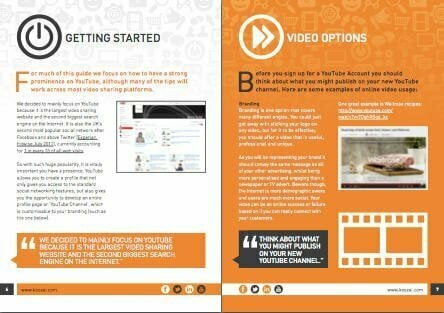
Via Koozai.
The key advantage of a whitepaper over a blog post or an infographic is that—in addition to providing value to the people who qualify for your product or service—you can require contact information in exchange.
That way, after readers have downloaded your content, you can use email marketing to nurture them closer to conversion.
Example #4: An ebook
I won’t front—the benefits of an ebook are pretty similar to those of a whitepaper.
It’s another opportunity to develop your brand as an authoritative resource of actionable, insightful information. Typically, it’s free of charge and exchanged for contact information.
If you decide to incorporate ebooks into your inbound strategy—and I do recommend it—don’t take the task lightly. Remember: You’re writing a book.
That implies a pretty serious level of sophistication. You should reserve this content format for your truly hard-hitting material.
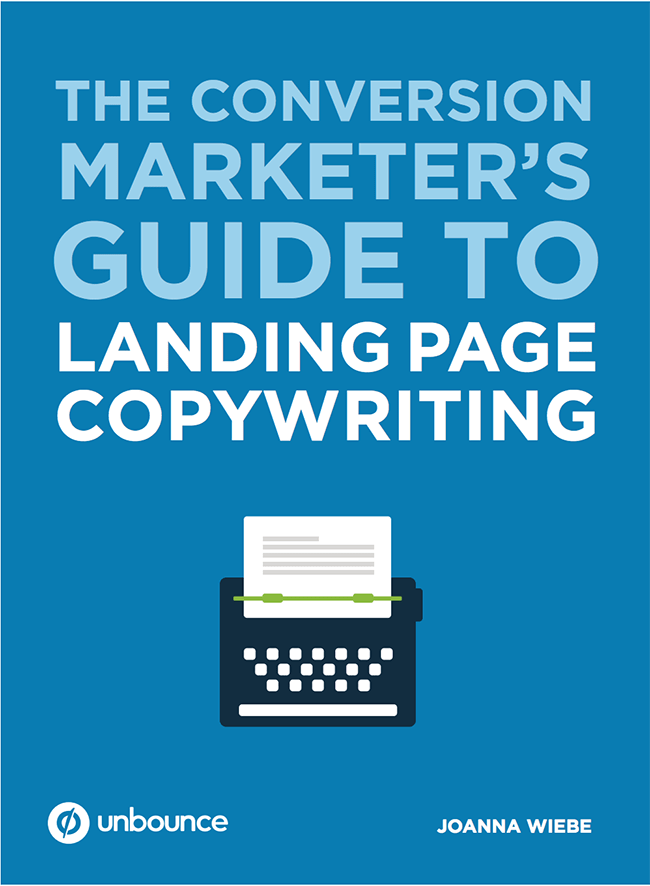
Via Unbounce.
Example #5: A case study (or customer spotlight)
Imagine that you’re a business owner in the market for a social media management software like the one I mentioned before.
While you’re browsing the blog of one of the companies you’re considering, you come across a case study. It tells the story of a company—eerily similar to yours—that bought the software a year ago and has seen positive returns ever since.
This software has made a huge difference for the featured customer.
Naturally, you think to yourself: “Well, that means it can work for me, too, right?”
That’s the power of a case study. It demonstrates to the people on the fence that your product or service has done wonders for people just like them. Talk about a nudge, huh?
Example #6: A webinar
It’s not always easy to inject personality into your written content.
True, the relative informality of the blog post allows you to crack jokes; however, when it comes to the highly polished world of whitepapers and ebooks, you may find yourself wishing you could add something a little more … human.
That’s where the webinar comes in.
A webinar is an internet seminar—lecture-style content presented to an exclusive web audience. With this format, a member (or a few members) of your content team has the opportunity to provide that valuable information we’ve been talking about and do it in a highly engaging and personable way.
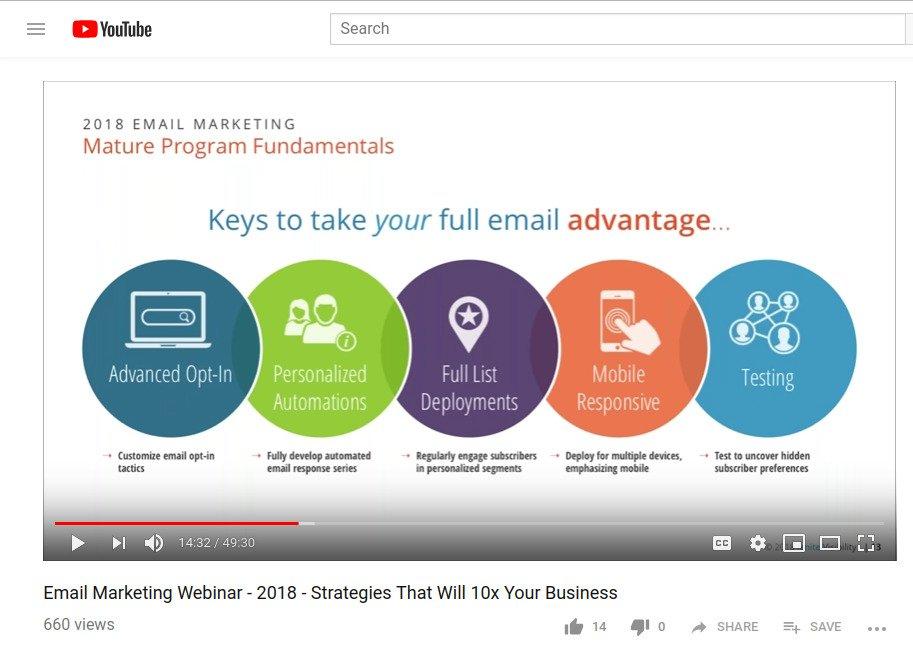
Via IgniteVisibility.
The presence of a real, sentient person—even if it’s just his or her voice—creates the feeling that your brand is in direct conversation with your prospects. Whereas it’s easy for your prospects to abstract away the talented people who create your blog posts, whitepapers, and ebooks, that’s not the case with a webinar.
And, once again, the ability to request information from your prospects as an entrance fee makes the webinar a particularly good lead generation tactic.
Example #7: A podcast
Make all the jokes you want about pretentious millennials. Nowadays, podcasting is sexy.
(I may regret that sentence in a few years. That’s the price I pay for being a content cowboy.)
Much like the webinar, the podcast format allows you to attach some personality to your brand. That way, when your prospects are making their final decisions, they’ll remember you as both a valuable and relatable resource.
Podcasting doesn’t need to be labor-intensive, either. If you’ve got a laptop, a couple mics, and at least one coworker who sounds nothing like Steve Buscemi, you’re in business.

The co-hosts of Marketing Over Coffee.
One 30-minute episode a week is all it takes to become the engaging brand potential customers turn to during their Monday morning commutes.
Example #8: A video series
I’ll spare you the video marketing statistics you’ve been hearing all year and leave it at this:
Video content is huge. It’s growing and engaging, and most importantly, it’s effective. It’s what people want to see when they’re scrolling through Facebook and Instagram.
You already know why it works, too: It brings your brand to life.
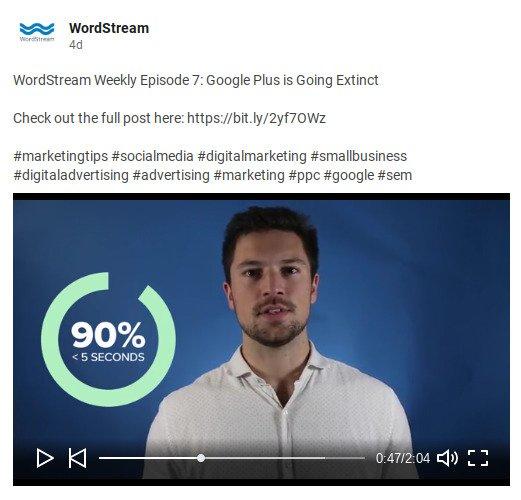
A screenshot of a WordStream Weekly episode.
Whereas it pays to make your written content long-form, video is best when it’s bite-size. There are exceptions to every rule, but social media users are generally uninterested in videos that go longer than a minute or two.
Plus, video is a great opportunity to repurpose content in a more digestible format. A prospect may not have had the time to attend your webinar, but he can probably spare two minutes while scrolling through LinkedIn to get the basic ideas.
Yeah, you’d prefer he attend the webinar and fill out a form, but building a reputation as a great video company ain’t bad, either.
Example #9: Search engine optimization
What better way to finish this guide than with the inbound marketing strategy that makes the previous eight all the more effective?
SEO is an umbrella term in and of itself, referring to the suite of practices you can (and should) use to make your content more visible in the search engine results pages.
It doesn’t matter how sleek your ebook looks or how crisp your podcast sounds unless your prospects can actually find you in the organic search results. That means getting your content on page one—ideally in the middle or at the top.
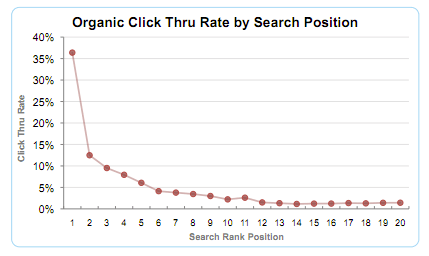
Via Smart Insights.
Otherwise, you’re not driving anybody to your website.
On-page SEO encompasses all the stuff you can do directly on your website to make your content more visible on the SERP. At a macro level, that means making high-quality, human-oriented content that truly answers searchers’ questions and solves their problems. At a micro level, that means optimizing content for particular keywords to ensure that it’s considered relevant when people search certain queries you want to address.
Off-page SEO encompasses all the stuff that takes place away from your site. Essentially, the goal is to acquire links to your content from reputable websites. Each link indicates to search engines that your content is good and, therefore, worthy of moving up the organic ranks.
I’m grossly oversimplifying, but you get the gist: SEO is a massive part of inbound marketing because people don’t visit the websites they don’t know exist.
And if you don’t know, now you know.
There you have it, folks—nine different ways to get the people most qualified for your product or service on your website and familiar with your awesome brand.
Of course, not all of these tactics are going to be right for you. In fact, you may find that only one or two are good fits for your broader marketing strategy.
And that’s cool! By no means do you need to become the Wizard of Inbound (band name) to see success. As with everything else in marketing, it will be a process of tests, trials, and errors.
Once you find the balance that works best for you, the leads will be lining up at your door.



